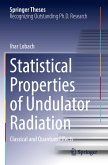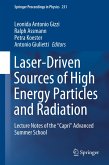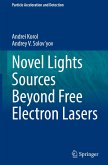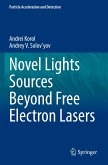This thesis presents research on novel laboratory-scale synchrotron X-ray sources based on inverse Compton scattering and applications of their X-ray radiation using the Munich Compact Light Source (MuCLS) as an example. It provides an introduction to the theory of this laser-electron interaction, laser resonators and X-ray interactions with matter. On this basis, upgrades to the laser system including the development of a new laser optic, X-ray beam stabilisation and two techniques for fast X-ray energy switching of inverse Compton sources are presented. On the application side, the beamline, designed and developed for the inverse Compton X-ray source at the MuCLS, is described before various techniques and applications are demonstrated at this laboratory-scale synchrotron X-ray facility. Among them are K-edge subtraction imaging, X-ray phase contrast imaging and X-ray absorption spectroscopy. Additionally, a new X-ray microscopy technique, called full-field structured-illuminationsuper-resolution X-ray transmission microscopy, is presented.
Apart from research conducted at the MuCLS, this thesis contains an in-depth overview on the state of the art of the various types of inverse Compton X-ray sources that have been realised so far. Accordingly, this thesis may serve as a guide and reference work for researchers working with inverse Compton X-ray sources as well as future users of such devices.
Apart from research conducted at the MuCLS, this thesis contains an in-depth overview on the state of the art of the various types of inverse Compton X-ray sources that have been realised so far. Accordingly, this thesis may serve as a guide and reference work for researchers working with inverse Compton X-ray sources as well as future users of such devices.








